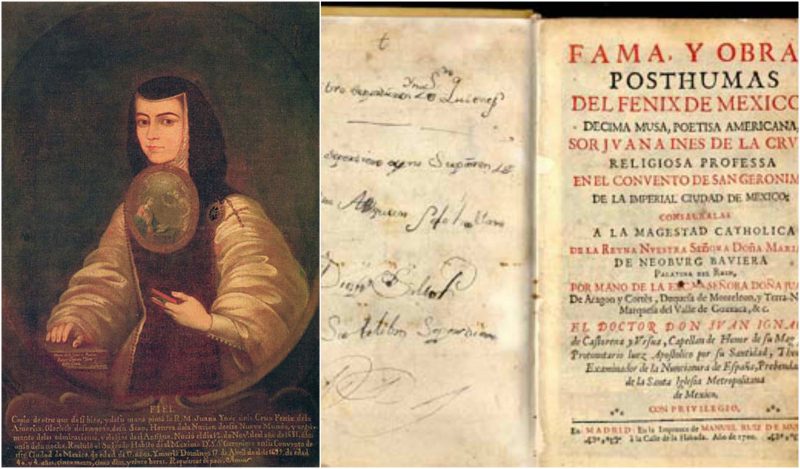Juana Ramírez thirsted for knowledge from her earliest years and throughout her life. As a female, she had little access to formal education and would be almost entirely self-taught. Juana was born out of wedlock to a family of modest means in either 1651 or, according to a baptismal certificate, 1648 (there is no scholarly consensus on her birth date).
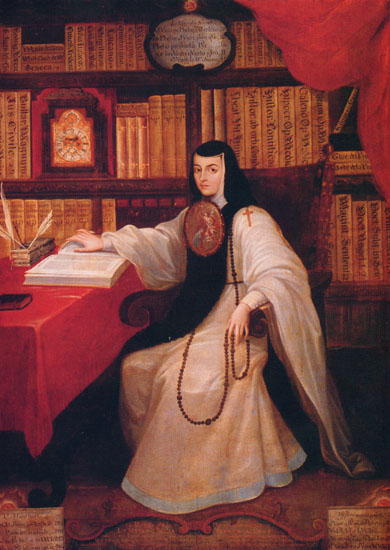
She learnt to read very early (apparently, when she was three) and by all accounts had a voracious appetite for knowledge. Apparently, she had read all her grandfather’s books before she went to the capital, and these seem to have included many classic works. She herself said that when she was six or seven, her desire for learning was so intense that she begged her mother to let her dress up in men’s clothes and allow her to go and study in Mexico University, which only men were allowed to attend. When she was eight (in 1656), she was sent to Mexico City to live with her maternal aunt and the latter’s husband, Juan de Mata, possibly on account of the death of her grandfather and the birth of her half-brother. There we know that she started learning Latin grammar and mastered the language after 20 lessons. This enabled her to read philosophical and theological works in the language, and she came to be considered as something of a child prodigy. She began to be lionized in high society for her intelligence and also for her famed beauty.
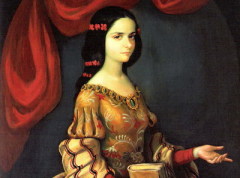
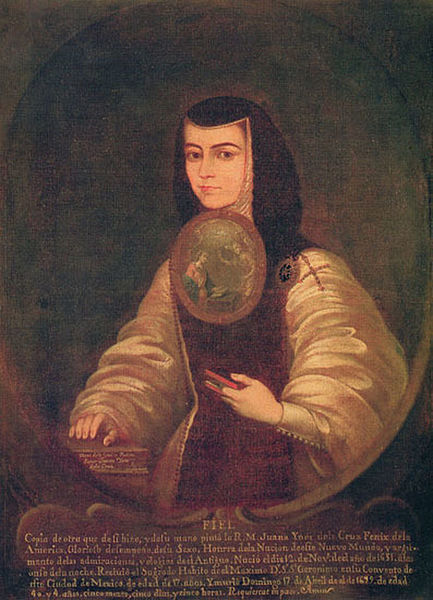
When she was 17, she was famously tested by a panel of 40 university professors, all of whom were shocked by her deep knowledge of philosophy, mathematics, and history.
At the age of nineteen, she temporarily entered the convent of San José de las Carmelitas Descalzas, but withdrew, probably shocked by the severity of that Order. Just before her twentieth birthday she took her vows and entered the convent of San Jerónimo, where she remained for the rest of her life. There she had her own library and study and was able to hold tertulias (sitting behind bars) with men of learning from the Court and University. She wrote many poems and plays, was adept at music, and studied all branches of knowledge, from philosophy to natural science.
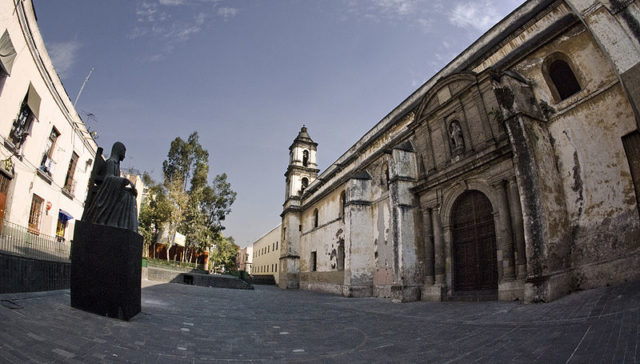
The former child prodigy spent the rest of her life as a cloistered nun. She continued her studies, however, and eventually established herself as one of the 17th century’s most popular authors of drama, poetry, and prose. Her image now appears on the 200-peso bill in Mexico.
